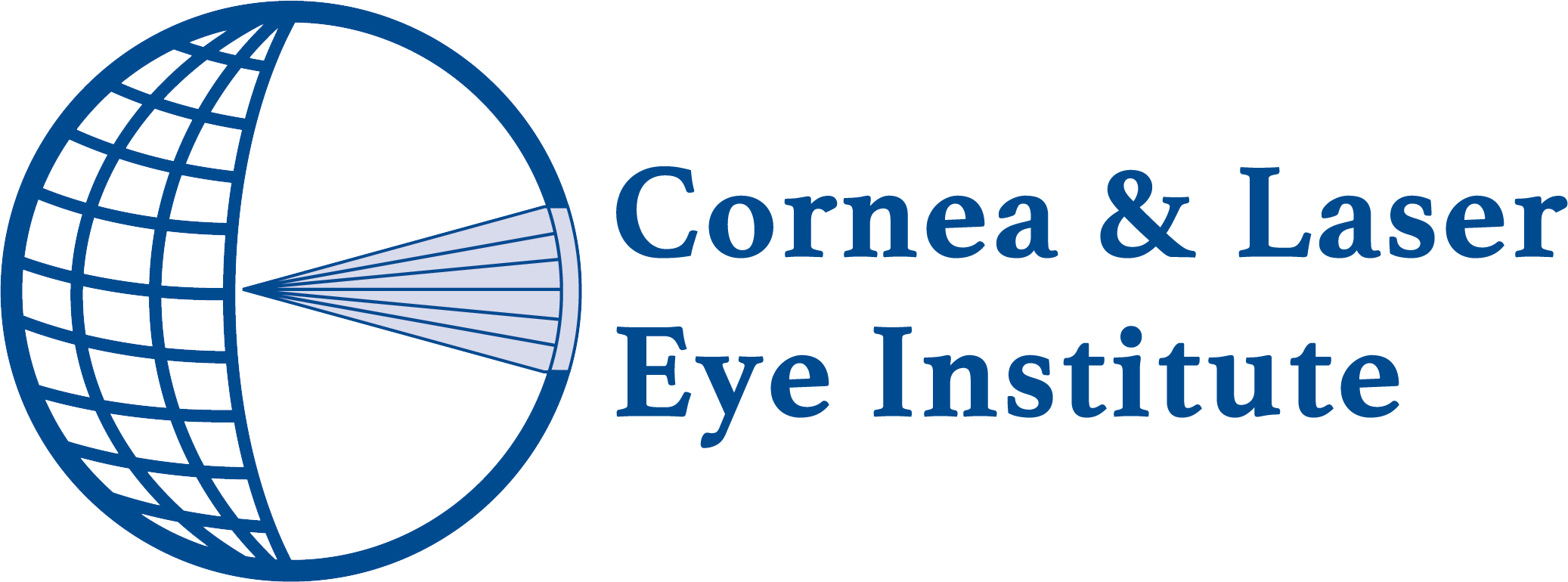
When it comes to vision correction procedures, you have several options to consider. Two popular procedures are EVO ICL (Implantable Collamer Lens) and LASIK (Laser-Assisted In-Situ Keratomileusis). Both offer effective solutions for correcting refractive errors, but the right choice for you will depend on your individual needs and preferences.
In this comprehensive guide, we’ll explore the key differences between EVO ICL and LASIK, helping you make an informed decision about the best vision correction procedure for you.
What is EVO ICL?
EVO ICL, or Implantable Collamer Lens, is a type of phakic intraocular lens (IOL) that is surgically placed in front of the eye’s natural lens. Unlike LASIK, which reshapes the cornea, EVO ICL works by adding a corrective lens to the eye, effectively altering the way light enters and is focused on the retina.
The EVO ICL procedure is a minimally invasive surgery that typically takes less than an hour to complete for both eyes. It is a popular choice for individuals with moderate to severe refractive errors, as well as those who may not be suitable candidates for LASIK due to thin corneas or other factors.
What is LASIK?
LASIK, or Laser-Assisted In-Situ Keratomileusis, is a widely-known and commonly performed vision correction procedure. It involves the use of a specialized laser to precisely reshape the cornea, the clear front part of the eye, to improve its focusing ability.
During the LASIK procedure, a thin flap is created on the cornea, and the underlying tissue is then reshaped using the laser. This changes the way light enters the eye, effectively correcting refractive errors and improving visual acuity.
EVO ICL vs LASIK: A Comparison of the Procedures
While both EVO ICL and LASIK aim to improve vision, there are several key differences between the two procedures:
Surgical Approach
- EVO ICL: The procedure involves the surgical implantation of a corrective lens in front of the eye’s natural lens.
- LASIK: The procedure involves the use of a laser to reshape the cornea, the clear front part of the eye.
Corneal Alteration
- EVO ICL: The cornea is left largely untouched, as the corrective lens is placed in front of it.
- LASIK: The cornea is reshaped using a laser, which can permanently alter its structure.
Reversibility
- EVO ICL: The procedure is reversible, as the implanted lens can be removed if needed at any time.
- LASIK: The corneal reshaping is permanent, and the procedure cannot be reversed.
Candidacy
- EVO ICL: Suitable for individuals with moderate to severe nearsightedness and/or astigmatism, as well as those with thin corneas or other factors that may make them ineligible for LASIK.
- LASIK: Suitable for a wider range of refractive errors, including hyperopia, but may not be recommended for individuals with thin corneas or other eye health concerns.
Recovery Time
- EVO ICL: Generally, the recovery time is short, with most patients experiencing improved vision within a few days.
- LASIK: The recovery time for lasik is the same as the recovery time for EVO ICL, with many patients reporting improved vision within a few days.
Long-Term Stability
- EVO ICL: The corrective lens is designed to be a long-term solution, with the potential to last for decades.
- LASIK: The results of the procedure can be long-lasting, but changes in the eye’s structure over time may impact the stability of the vision correction.
Understanding these key differences can help you make an informed decision about which vision correction procedure is the best fit for your needs.
EVO ICL for Keratoconus: A Specialized Treatment Option
The EVO ICL procedure can be particularly beneficial for those with keratoconus, a progressive eye condition that causes the cornea to thin and bulge, as it does not require the reshaping of the cornea. Instead, the corrective lens is placed in front of the eye’s natural lens, effectively correcting the refractive errors caused by the irregular corneal shape.
This makes EVO ICL a viable option for individuals with keratoconus who may not be suitable candidates for other vision correction procedures. Additionally, the reversibility of the EVO ICL procedure can be advantageous, as it allows for the lens to be removed or adjusted if necessary.
EVO ICL vs LASIK for Astigmatism Correction
Astigmatism is a common refractive error that occurs when the cornea or lens of the eye is irregularly shaped, causing blurred or distorted vision. Both EVO ICL and LASIK can be effective in correcting astigmatism.
EVO ICL for Astigmatism: The EVO ICL procedure can effectively correct astigmatism by providing a corrective lens that compensates for the irregularities in the eye’s shape. The lens is designed to work in harmony with the natural eye structure, ensuring precise and stable astigmatism correction.
LASIK for Astigmatism: LASIK can also correct astigmatism by reshaping the cornea to improve its curvature.
Conclusion: Making the Right Choice for Your Vision Correction
Choosing between EVO ICL and LASIK is a personal decision that requires careful consideration of your individual eye health, refractive errors, and personal preferences. Both procedures offer effective solutions for improving vision, but the right choice for you will depend on your specific needs and goals.
To determine which vision correction procedure is the best fit for you, we recommend consulting with one of our experienced eye care professionals. They can perform a comprehensive eye examination, discuss your options in detail, and help you make an informed decision about the right treatment plan for your vision needs. Take the first step to improved vision today by requesting your free consultation.



